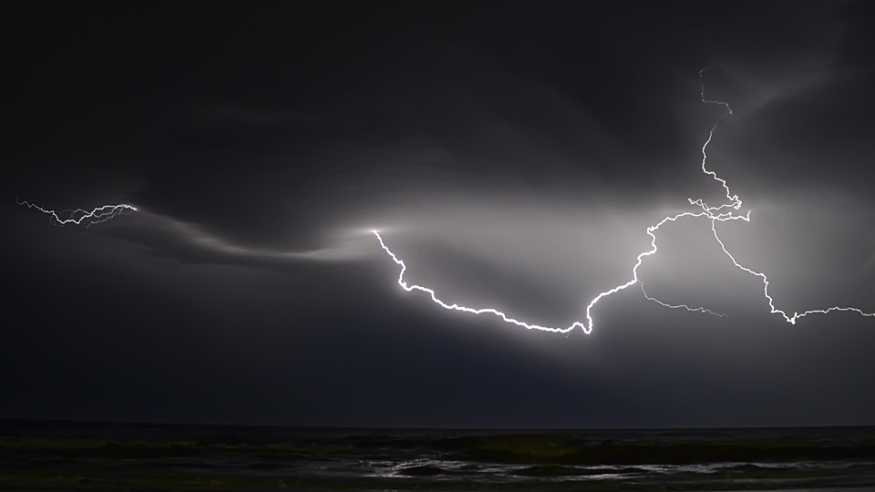New research has shown that contact between dust particles on Mars probably causes electrical discharges analogous to lightning. The sparks, though, are humble relatives of the mighty bolts of Earth and pose no threat to the rovers nor to potential human explorers.

Dust Clouds
Mars has so many fine dust clouds that almost the entire planet will often be enveloped, disrespectfully interrupting our best views. Scientists have wondered since the days of the first landers, despite the absence of rain clouds, if these particles could move electrons while bumping into each other, creating electric fields large enough to cause powerful discharges.
The fact that no lander or rover seems to have been affected in this manner suggests that the risk is not too severe, with more possible reasons for failed missions.
Related Article : NASA's Next Mars Rover Is Taking A Small Helicopter Along For The Ride
Mars Model
A model of such storms has been developed by volcanologist Professor Josef Dufek of the University of Oregon, using the nearest Earth resources. Icarus Dufek and co-authors report that discharges are likely to occur but are too weak to pose a great deal of risk. Humans and our robot emissaries will be shielded by the Martian atmosphere's restricted storage space.
"Because of the number of new missions to Mars and the potential to restrict observations, we were interested in pursuing this work," Dufek said in a statement.
An electric field of about 20,000 volts per meter will provide a normal Martian electrical discharge, Dufek states. Impressive as it is, it is not uncommon to have 3 million volts per meter on Earth, producing the incredible events we know, sometimes with great repercussions.
Test Results
"Our tests, and those of others before us, indicate that when you swirl sand or dust, it is easy to get sparks on Mars," says co-author Joshua Méndez Harper. "It can be difficult, though, to receive enormous discharges or traditional lightning, even in large dust storms or inside dust devils," he added.

To test the possibilities of lightning on Mars, experiments were conducted before, but these had known shortcomings. Not only were non-Martian dust particles used, but they also brushed the walls of the tanks in which the tests were performed. The paper says, "The interaction of two chemically different materials may produce more intense charging than the interaction of two chemically identical materials."
Conclusion
Naturally, Dufek and Méndez Harper couldn't collect real Mars dust. Still, they noticed the parallels between what is there and the pulverized basaltic ash from the 2,000-year-old Xitle volcanic eruption in Mexico. These swirled in eight millibars of carbon dioxide, reflecting the Martian atmosphere scarcely there, inside a glass tube large enough that the particles never reached the walls.
The observations are less comparable to terrestrial lightning and closer to the small-scale discharges that exist on Earth in volcanic vents, concludes the article.
All of this indicates the substantial inaccuracy that exists in the otherwise technically credible book/film The Martian. Dust storms on Mars could be horrible for vision, but anything extreme enough to cause emergency evacuation is unlikely to be produced.
For more space related news, don't forget to follow Nature World News!
© 2025 NatureWorldNews.com All rights reserved. Do not reproduce without permission.





